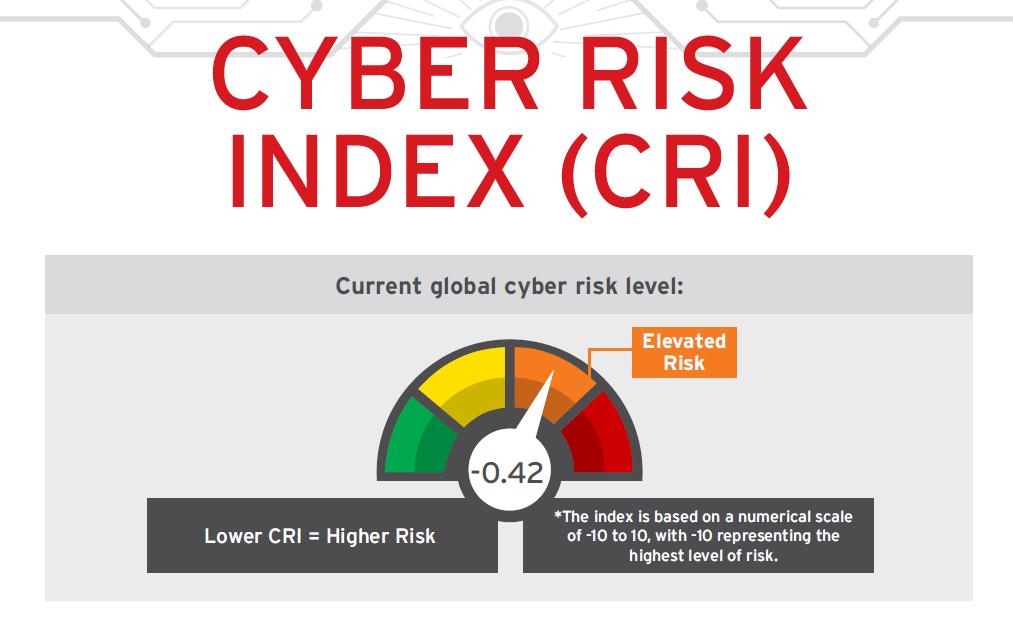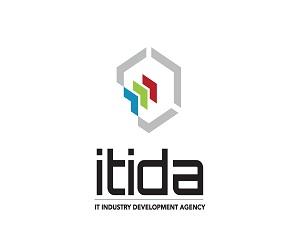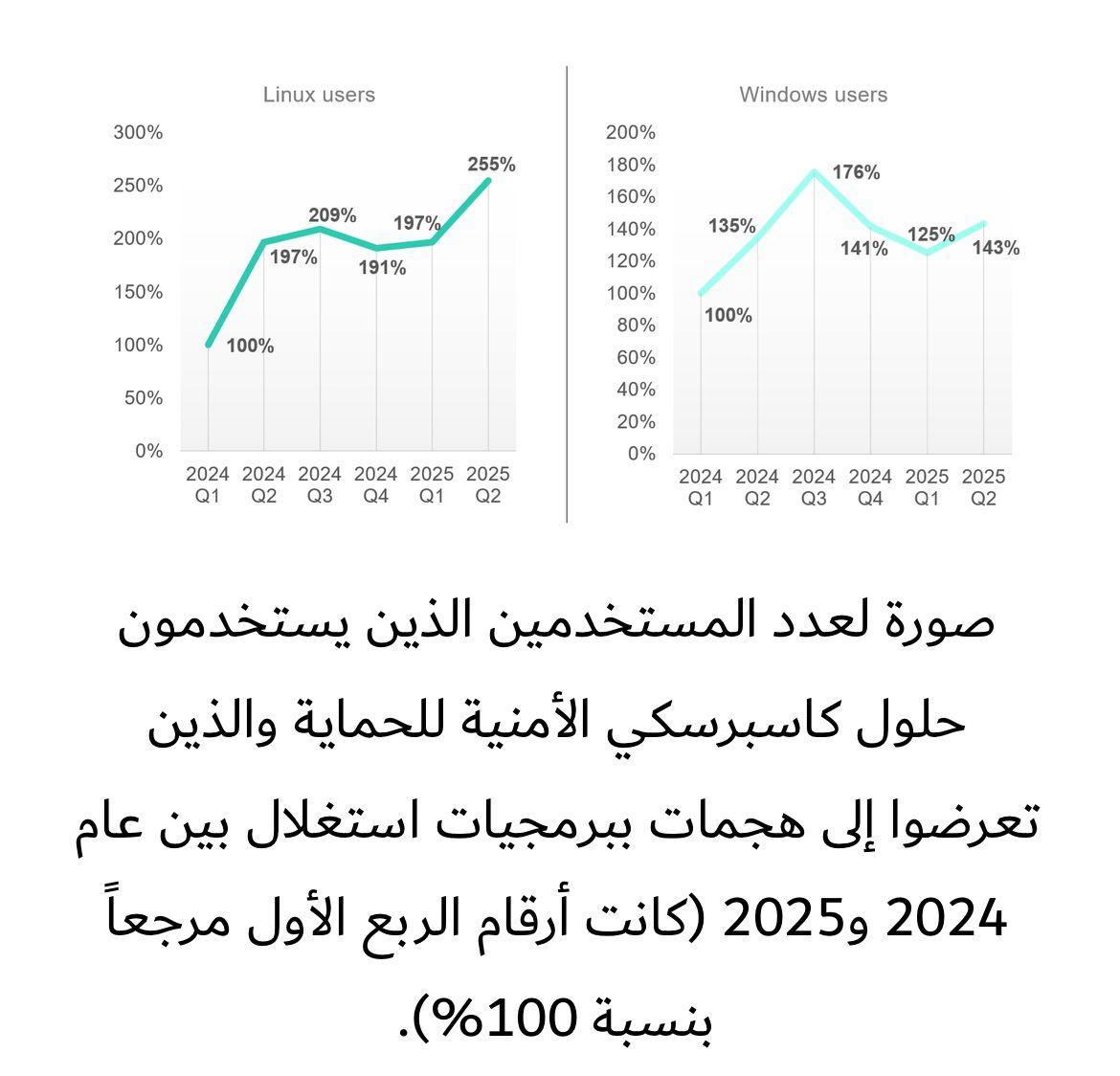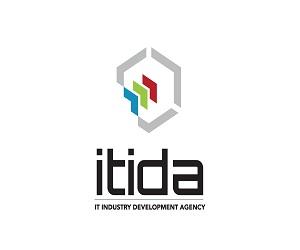By : Mohamed Shawky
Trend Micro Incorporated (TYO: 4704; TSE: 4704), a global cybersecurity leader, today revealed that the risk of cyber-attacks has increased in the last year as per its biannual Cyber Risk Index (CRI) report. According to the survey, 80% of global organizations report they are likely to experience a data breach that impacts customer data in the next 12 months. The survey forewarns organizations in the MENA region to re-evaluate and re-instate their cybersecurity stance to combat advanced threats.
The Trend Micro’s biannual Cyber Risk Index (CRI) report measures the gap between respondents’ cybersecurity preparedness versus their likelihood of being attacked. In the first half of 2021, the CRI surveyed more than 3,600 businesses of all sizes and industries across multiple regions around the world. The CRI is based on a numerical scale of -10 to 10, with -10 representing the highest level of risk. The current global index stands at -0.42, a slight increase from last year which indicates an “elevated” risk. Read a full copy of the report here.
Key findings from the report stated that amongst the respondents, 86% said it was very likely that they’d suffer serious cyber-attacks in the next 12 months, compared to 83% last time. Also, 24% suffered, 7+ cyber-attacks that infiltrated networks/systems, versus 23% in the previous report. And 21% had 7+ breaches of information assets, versus 19% in the previous report. 20% of respondents said they’d suffered 7+ breaches of customer data over the past year, up from 17% in the last report.
“It is our prime responsibility to spread maximum awareness and safeguard the enterprise fraternity in the MENA region from lurking cyber risks,” said Dr Moataz Bin Ali, VP and Managing Director, Trend Micro Middle East and North Africa. “The Trend Micro’s CRI gives us an insight toward battling those very risks that plague the region’s businesses. The challenges for an organization’s infrastructure and data protection are a persistent matter that needs to be faced with an equally unrelenting, multi-layered protection. Fully utilizing this resource will empower the region’s organizations to prioritize a smarter security strategy, safeguard their data, and be thoroughly prepared by detecting and defending what matters most.”
The report finds that organizations have ranked the top three negative consequences of an attack as customer churn, lost IP, and critical infrastructure damage/disruption. The report further highlights top cyber risks that include Man-in-the-middle attacks; Ransomware; Phishing and Social engineering; Fileless attack; and Botnets.
The top security risks to infrastructure remain the same as last year and include organizational misalignment and complexity, as well as cloud computing infrastructure and providers. In addition, respondents identified customer turnover, lost intellectual property and disruption or damages to critical infrastructure as key operational risks for organizations globally.
The main challenges for cybersecurity preparedness include limitations for security leaders who lack the authority and resources to achieve a strong security posture, as well as organizations struggling to enable security technologies that are sufficient to protect their data assets and IT infrastructure.
#GalaxyFold3 ,
#GalaxyFlip3 ,
#Zflip3 ,
#Zfold3 ,













































































